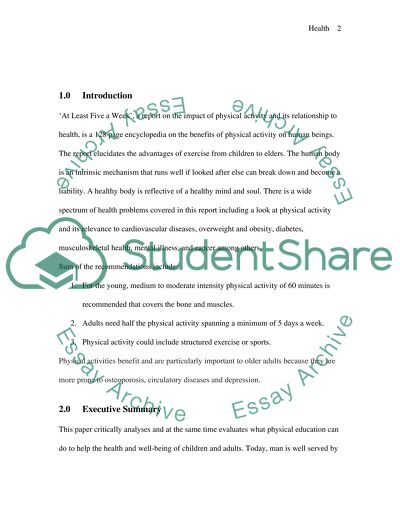Cite this document
(“Health and Physical Activity Essay Example | Topics and Well Written Essays - 2250 words”, n.d.)
Retrieved from https://studentshare.org/health-sciences-medicine/1502643-health-and-physical-activity
Retrieved from https://studentshare.org/health-sciences-medicine/1502643-health-and-physical-activity
(Health and Physical Activity Essay Example | Topics and Well Written Essays - 2250 Words)
https://studentshare.org/health-sciences-medicine/1502643-health-and-physical-activity.
https://studentshare.org/health-sciences-medicine/1502643-health-and-physical-activity.
“Health and Physical Activity Essay Example | Topics and Well Written Essays - 2250 Words”, n.d. https://studentshare.org/health-sciences-medicine/1502643-health-and-physical-activity.


